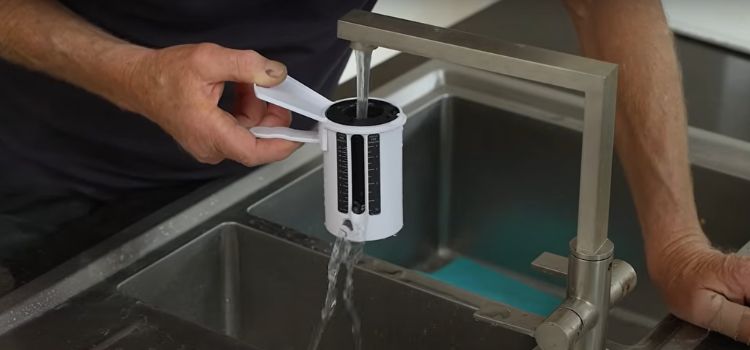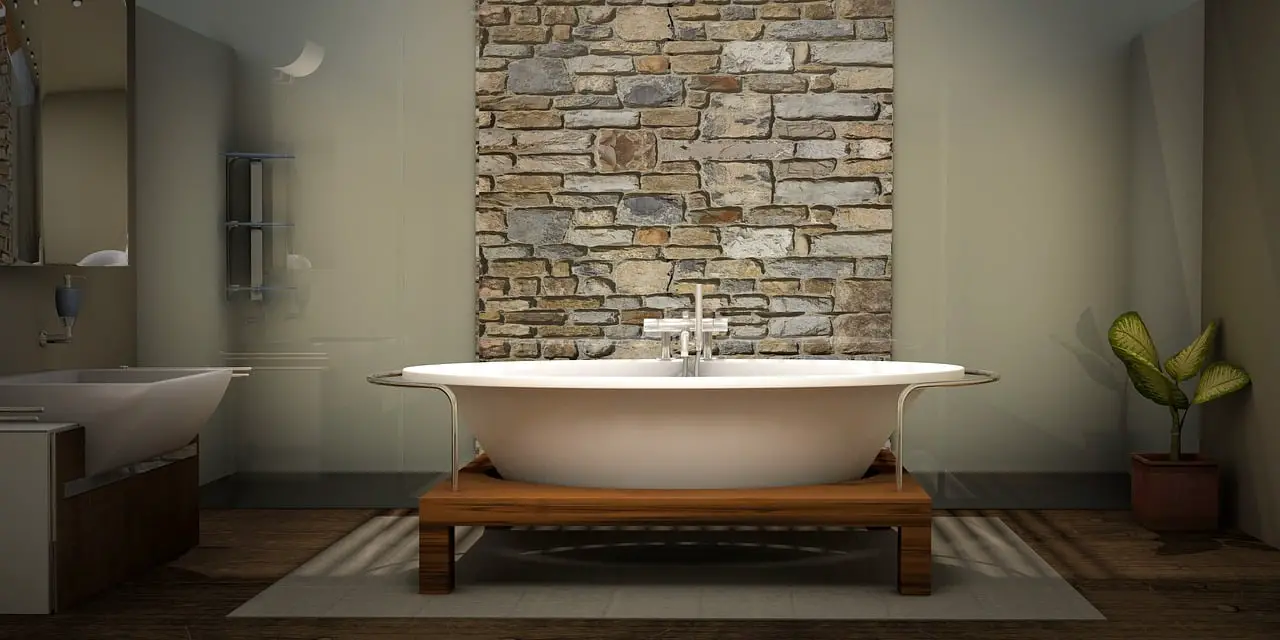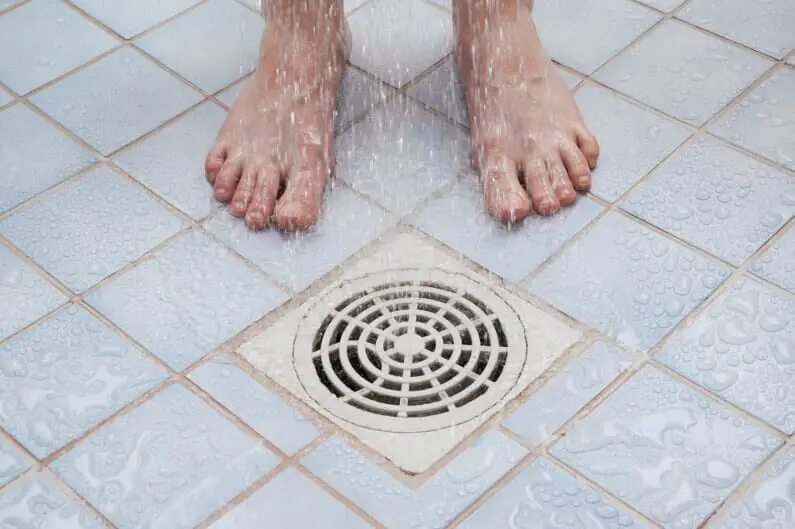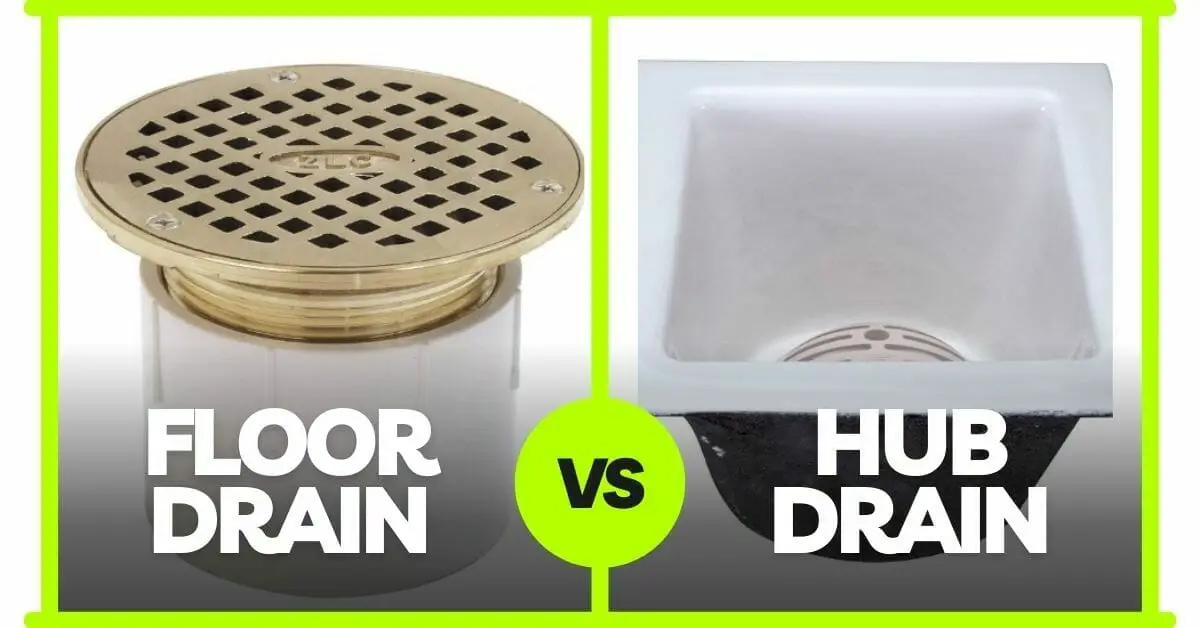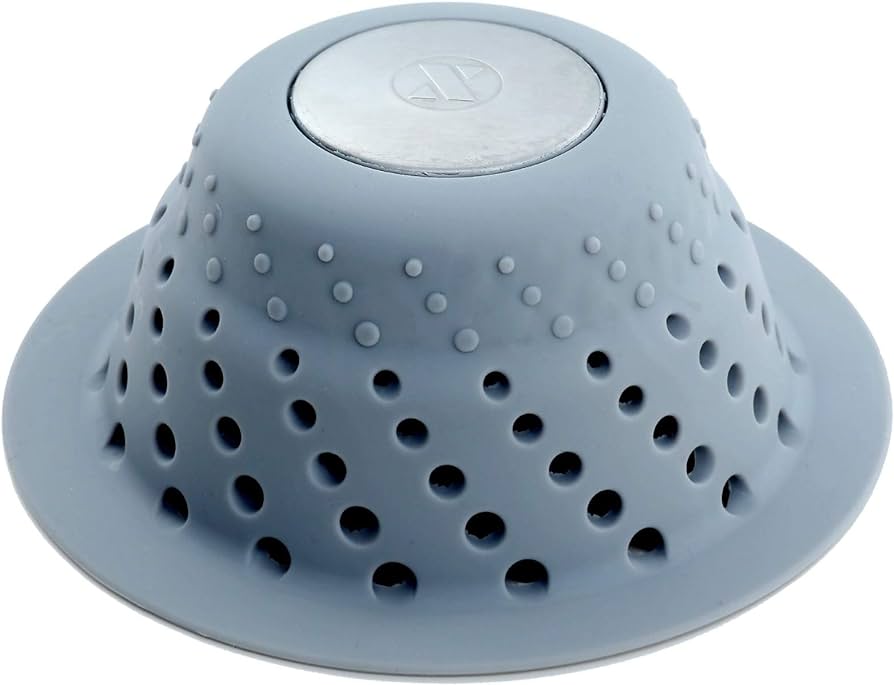Low water pressure can be a real nuisance. It disrupts daily chores and activities.
Fixing it is crucial for a smooth-running household. Understanding the causes is the first step to solving the problem. Low water pressure can stem from many sources, such as old pipes, blocked fixtures, or issues with the main water supply.
Identifying the exact cause can save time and effort. I’ll cover everything from checking your fixtures to inspecting your pipes. So keep reading!
Common Causes
Experiencing low water pressure in your home can be very frustrating. Understanding the common causes can help fix the problem. Low water pressure can result from various issues in your plumbing system.
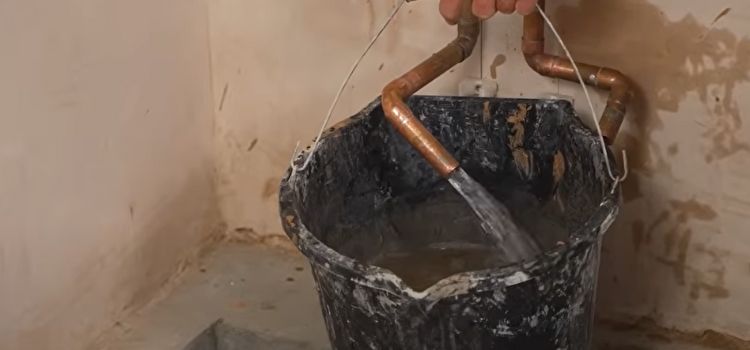
Clogged Pipes
Clogged pipes are a frequent cause of low water pressure. Over time, pipes can accumulate debris, rust, and mineral deposits. These blockages restrict water flow, reducing pressure. Here are some signs and solutions:
- Reduced water flow from faucets and showers.
- Gurgling sounds in pipes.
- Visible sediment in water.
To fix clogged pipes:
- Clean aerators on faucets.
- Use a pipe-cleaning solution to dissolve deposits.
- Contact a professional plumber for severe blockages.
Faulty Fixtures
Faulty fixtures can also cause low water pressure. Fixtures like faucets and showerheads can wear out or get clogged. This reduces the flow of water. Identifying and fixing faulty fixtures can often solve the problem.
Common signs of faulty fixtures:
- Inconsistent water flow from one fixture.
- Dripping or leaking faucets.
- Old and rusty fixtures.
Solutions for faulty fixtures:
- Clean or replace aerators on faucets.
- Install new showerheads and faucets.
- Check and replace worn-out washers and seals.
Main Supply Issues
Main supply issues can affect the entire house. Problems with the main water supply can lead to low pressure in all fixtures. These issues might be external or within the property.
Common main supply issues include:
- Leaky main supply line.
- Municipal water supply problems.
- Closed or partially closed main valve.
To address main supply issues:
- Check the main valve and ensure it is fully open.
- Inspect for leaks in the main supply line.
- Contact your water supplier for information on municipal issues.
- Consult a professional plumber for complex issues.
Identifying Low Pressure
Low water pressure in your house plumbing can be very frustrating. It can complicate daily tasks like showering, washing dishes, and laundry. Identifying and fixing low water pressure is essential for a smooth household routine.
Testing Water Flow
To start, you need to test the water flow in your home. This helps you understand how severe the issue is. Here are some steps to follow:
- Turn on the faucet in your kitchen.
- Fill a measuring jug with water for exactly 10 seconds.
- Measure the amount of water collected.
If you collect less than 1.5 gallons, you have low water pressure. Repeat this test in different areas of your home. Check the bathroom, laundry room, and any outdoor taps. This will help you determine if the problem is in one area or throughout the house.
Sometimes, a water pressure gauge can be helpful. Could you attach it to an outdoor faucet? Turn on the water and read the gauge. Normal pressure is usually between 40-60 psi. If the reading is lower, then you have a pressure problem.
Checking Individual Fixtures
After testing the water flow, check individual fixtures. Follow these steps:
- Remove the aerator from the faucet.
- Check for any debris or mineral build-up.
- Clean it thoroughly with a brush and vinegar.
- Reattach the aerator and test the flow again.
If the problem persists, check the showerhead. Unscrew it and look for blockages. Clean or replace it if necessary. Also, ensure the shut-off valves under sinks and toilets are fully open. Partially closed valves can reduce water flow.
Lastly, inspect your pipes for leaks or damage. Leaks can significantly reduce water pressure. If you find any leaks, it is essential to repair them quickly. This not only improves water pressure but also prevents water damage.
DIY Solutions
Low water pressure can be a frustrating problem in any home. It can make daily tasks like showering, washing dishes, and laundry take much longer. Fortunately, some DIY solutions can help improve water flow. These simple methods often fix the issue without needing a professional plumber.
Clearing Clogs
Clearing clogs is a common way to address low water pressure. Clogs can form in pipes and fixtures, leading to water flow problems. Here are some steps to clear clogs:
- Faucet Aerator Cleaning: Remove the aerator from the faucet. Clean it thoroughly with water and a brush. Reinstall the aerator and check the water pressure.
- Showerhead Cleaning: Unscrew the showerhead. Soak it in vinegar overnight to dissolve mineral deposits. Rinse and reattach the showerhead.
- Pipe Cleaning: Use a plumbing snake to remove clogs inside the pipes. This can improve the water flow significantly.
If these steps do not solve the problem, there could be a bigger issue. Sometimes, clogs form deep within the plumbing system. In such cases, professional help may be needed.
Adjusting Pressure Regulators
Pressure regulators control the water pressure entering your home. Sometimes, adjusting them can resolve low water pressure issues. Follow these steps to adjust the regulator:
| Step | Description |
|---|---|
| 1 | Locate the pressure regulator. It is usually found near the main water supply line. |
| 2 | Use a wrench to turn the adjustment screw. Turn clockwise to increase pressure. |
| 3 | Check the water pressure using a pressure gauge. Aim for a pressure between 45-60 psi. |
Pressure regulator adjustment can be tricky. Make small adjustments and check the results. This helps to avoid sudden changes in water pressure.
Professional Help
Experiencing low water pressure can be a frustrating problem for any homeowner. This issue can make simple tasks like showering or washing dishes take much longer. Sometimes, fixing low water pressure might require professional help. Knowing when to call a plumber and what to expect can save you time and stress.
When To Call A Plumber
Not all water pressure issues need a plumber. Some can be fixed easily. However, sure signs indicate you should call a professional.
If you notice:
- Water pressure drops suddenly
- Multiple taps affected
- No improvement after cleaning aerators
These signs might mean a deeper issue. Internal plumbing problems or a leak could be the cause. A plumber will have the tools and expertise to diagnose and fix these problems.
Another reason to call a plumber is if you lack DIY experience. Plumbing systems can be complex, and mistakes can lead to more damage. It’s often safer to get professional help.
Common issues a plumber can handle:
| Issue | Possible Solution |
|---|---|
| Leaky pipes | Repair or replace damaged sections |
| Clogged pipes | Clear blockages with specialized tools |
| Faulty pressure regulator | Inspect and replace the regulator |
What To Expect
When a plumber arrives, they will inspect your plumbing and ask questions to better understand the problem. For example, how long has the issue been present? Is it affecting all faucets or just some?
During the inspection, they might:
- Check for leaks
- Test water pressure at different points
- Inspect the main water valve
After identifying the problem, the plumber will explain the necessary repairs. They will also provide a cost estimate. It’s important to ask questions if you don’t understand something. A good plumber will be patient and explain things clearly.
Repairs might include:
- Fixing leaks in pipes
- Clearing out clogged pipes
- Replacing faulty pressure regulators
Once the repairs are done, the plumber will test the water pressure again to ensure that the issue is resolved. They will also advise you on maintaining your plumbing to prevent future problems.
Pressure Regulating Valves
Low water pressure can be a major problem in any household. It can make daily tasks like showering and washing dishes difficult. One common solution is using pressure-regulating valves. These valves help maintain a steady water pressure. Understanding how they work and how to install them can solve many water pressure issues.
Function And Importance
Pressure-regulating valves are essential for controlling water pressure in your home. They ensure that the pressure stays at a safe level, and without them, it can fluctuate.
High water pressure can damage pipes and appliances. Low water pressure can make household tasks difficult. Here are some key functions of pressure-regulating valves:
- Prevents pipe damage: Keeps water pressure at safe levels.
- Protects appliances: Ensures consistent pressure for dishwashers and washing machines.
- Improves water flow: Maintains steady water flow throughout the house.
These valves are crucial for both safety and convenience. They help save water and reduce utility bills. Proper installation and maintenance are important for optimal performance.
Installation Steps
Installing a pressure-regulating valve is a straightforward process. Here are the steps:
- Turn off the main water supply: Ensure no water is flowing.
- Locate the main water line: Find where the water enters your house.
- Cut the pipe: Use a pipe cutter to make a clean cut.
- Install the valve: Attach the valve to the pipe ends.
- Secure the connections: Tighten all fittings with a wrench.
- Turn on the water supply: Check for leaks and proper pressure.
It’s important to use the right tools and follow instructions carefully. If unsure, consult a professional plumber. Proper installation ensures the valve works effectively.
Pipe Maintenance
Low water pressure in house plumbing can be frustrating. The problem often stems from issues within the pipes.
Regular Inspections
Regular inspections are crucial for maintaining healthy plumbing. Inspecting your pipes helps identify potential problems early. This can save you from costly repairs later.
Here are some steps to conduct regular inspections:
- Check for visible leaks around faucets and under sinks.
- Inspect all exposed pipes for corrosion and rust.
- Listen for unusual sounds like banging or hissing in the pipes.
- Monitor your water pressure regularly using a pressure gauge.
Using a pressure gauge is simple. Attach the gauge to an outdoor faucet. Open the faucet and note the reading. Normal water pressure ranges from 40 to 60 psi. If the reading is below this range, there might be an issue.
Cleaning Techniques
Cleaning your pipes is another vital part of maintenance. Over time, mineral deposits and debris can clog pipes, reducing water pressure.
Here are some effective cleaning techniques:
- Flushing the system: To remove debris, flush your pipes. Open all faucets and let the water run for several minutes.
- Using a vinegar solution: Vinegar can dissolve mineral deposits. Pour a mixture of vinegar and water into the pipes. Let it sit for a few hours before flushing it with water.
- Plumbing snake: Use a plumbing snake to remove stubborn clogs. Insert the snake into the pipe and turn it to break up clogs.
Regular cleaning helps maintain optimal water pressure. It ensures a smooth flow of water through your pipes. Make sure to clean your pipes at least once a year.
Water Softening
Low water pressure in house plumbing can be a frustrating problem. It affects daily activities like showering, washing dishes, and doing laundry. Water softening is a common solution that can help fix low water pressure.
Impact On Pressure
Water softening can have a significant impact on water pressure. Hard water contains minerals like calcium and magnesium. These minerals can cause pipe blockages over time. This leads to reduced water flow rate and pressure. Softened water helps prevent these blockages. As a result, the water flow rate and pressure improve.
Here are some key points to understand the impact:
- Mineral build-up in pipes reduces water flow.
- Softened water prevents new blockages from forming.
- Regular plumbing maintenance is essential for optimal water pressure.
Using water softeners can also extend the life of your appliances. Appliances like washing machines and dishwashers function better with softened water. They suffer less from mineral deposits, which helps them last longer. Improved water flow in these appliances leads to better performance and efficiency.
Choosing A System
Choosing the right water-softening system is crucial. There are many options available in the market. Here are some factors to consider:
- Water hardness level in your area.
- Size of your household and daily water usage.
- Type of water softener (salt-based, salt-free, or magnetic).
A professional can test your water hardness level. This helps in selecting the right system. Salt-based softeners are the most common. They are effective in removing minerals from water. Salt-free systems are a good option for those who prefer low maintenance. They do not require salt refills and are easier to manage.
Upgrading Plumbing
Low water pressure in household plumbing can be quite frustrating. It can disrupt daily activities like showering, washing dishes, and doing laundry. Fortunately, several solutions exist to help fix water flow problems. One effective way is by upgrading the plumbing system.
Choosing Materials
Choosing the right materials is crucial for solving water pressure issues. Different materials have different properties that can affect water flow. Here are some common materials used in plumbing:
- Copper pipes: Durable and resistant to corrosion.
- PEX pipes: Flexible and easy to install.
- CPVC pipes: Resistant to high temperatures.
Copper pipes are a popular choice due to their durability. They can last for decades without developing leaks. However, they can be expensive and difficult to install.
PEX pipes are more affordable and more accessible to install. They are flexible, which means they can be used in tight spaces. PEX pipes are also freezing-resistant, making them ideal for colder climates.
CPVC pipes are another option. They resist high temperatures and are often used in hot water lines. While they are not as flexible as PEX pipes, they are still a good choice for many plumbing projects.
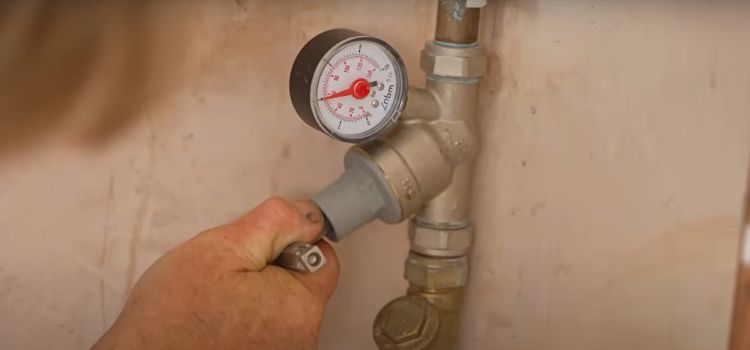
Long-term Solutions
To ensure lasting water pressure solutions, consider these long-term strategies:
| Solution | Benefits |
|---|---|
| Pressure-boosting systems | Increase overall water pressure in the house. |
| Water pressure regulators | Maintain consistent water pressure levels. |
| Regular plumbing maintenance | Prevent pipe leaks and identify issues early. |
Installing a pressure-boosting system can significantly improve water pressure throughout your home.
Frequently Asked Questions
What Causes Low Water Pressure In Houses?
Clogged pipes, leaks, or faulty fixtures can cause low water pressure. It can also result from issues with the municipal water supply. Identifying the cause is crucial for fixing the problem effectively.
How Can I Improve My Water Pressure?
To improve water pressure, clean or replace clogged pipes and fixtures, check for leaks, and repair them. Installing a pressure booster pump may also help.
Can A Water Softener Reduce Water Pressure?
Yes, a water softener can reduce water pressure if clogged or malfunctioning. Regular maintenance and cleaning can prevent this issue and ensure proper water flow.
How Do I Check For Water Leaks?
To check for leaks:
Listen for unusual sounds, such as dripping or running water.
Inspect all visible pipes and fixtures.
Monitor your water meter for any unexpected changes.
Conclusion
Fixing low water pressure can be simple with these tips. Identify the problem source. Check for leaks, clogged pipes, or faulty fixtures. Clean or replace parts as needed. Regular maintenance prevents future issues. Remember, consistent water pressure improves daily tasks.
